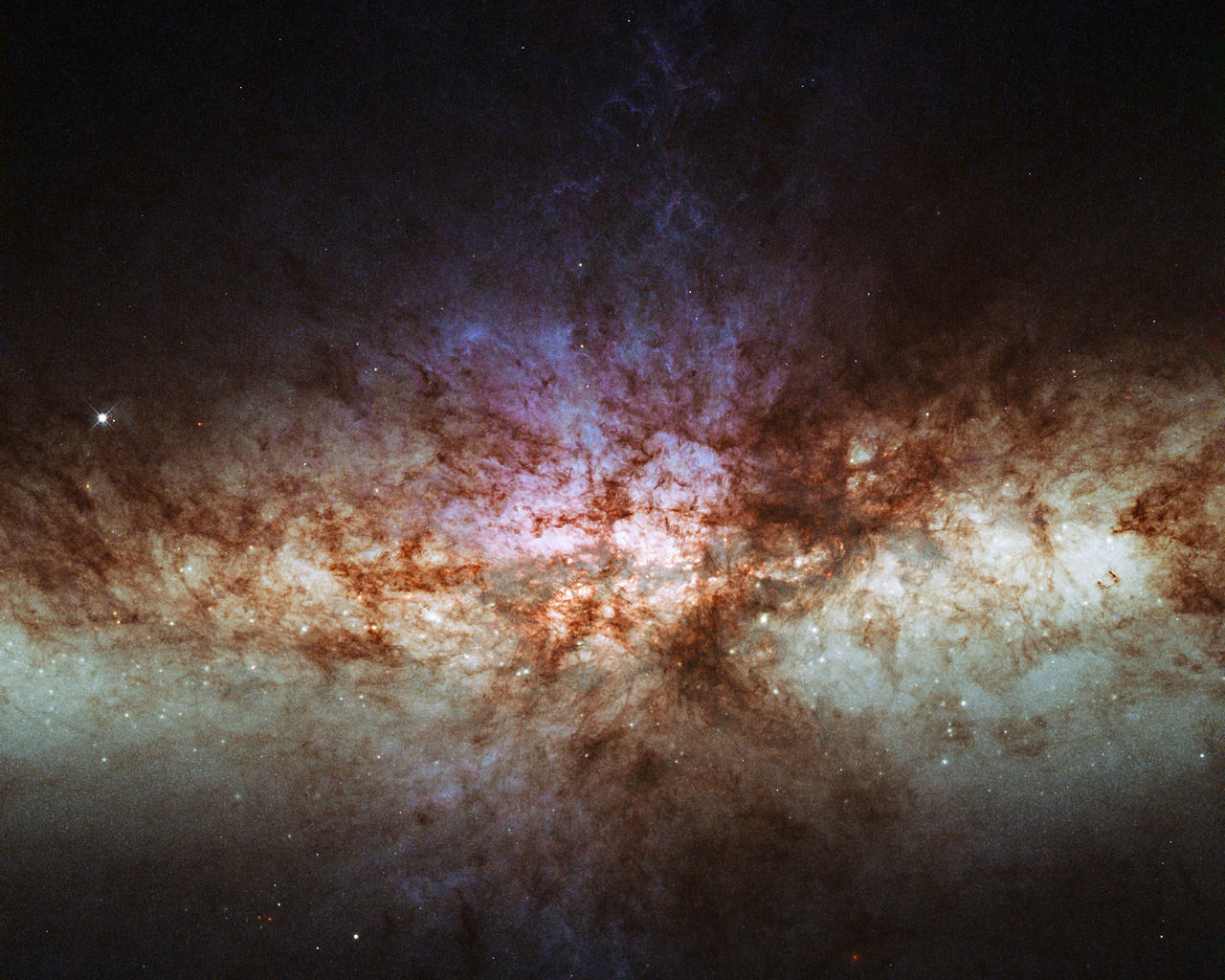There’s a bit of a mystery buried in the heart of the Cigar Galaxy, known more formally as M82 or Messier 82. Shining brightly in X-rays is a black hole (called M82 X-1) that straddles an unusual line between small and huge black holes, new research has revealed.
The new study reveals for the first time just how big this black hole is — about 400 times the mass of the sun — after about a decade of struggling to figure this out.
“Between the two extremes of stellar and supermassive black holes, it’s a real desert, with only about half a dozen objects whose inferred masses place them in the middle ground,” stated Tod Strohmayer, an astrophysicist at NASA’s Goddard Space Flight Center in Maryland.
Scientists figured this out by looking at changes in brightness in X-rays, which fluctuate according to how gas behaves as it falls towards a black hole. At the event horizon — that spot where you’re doomed, even if you’re light — is where the fluctuation happen most frequently. In general, larger black holes have these fluctuations less frequently, but they weren’t sure if this would apply to something that is of M82 X-1’s size.
But by going through old data from NASA’s Rossi X-ray Timing Explorer (RXTE) satellite — which ceased operations in 2012 — the scientists uncovered a similar pulsing relationship to what you see in larger black holes.
Specifically, they saw X-ray variations repeating 5.1 and 3.3 times a second, which is a similar 3:2 ratio to other black holes studied. This allows them to extend the measurement scale to this black hole, NASA stated.
Results of the study were published this week in Nature. The research was led by Dheeraj Pasham, a graduate student at the University of Maryland, College Park.
Source: NASA

